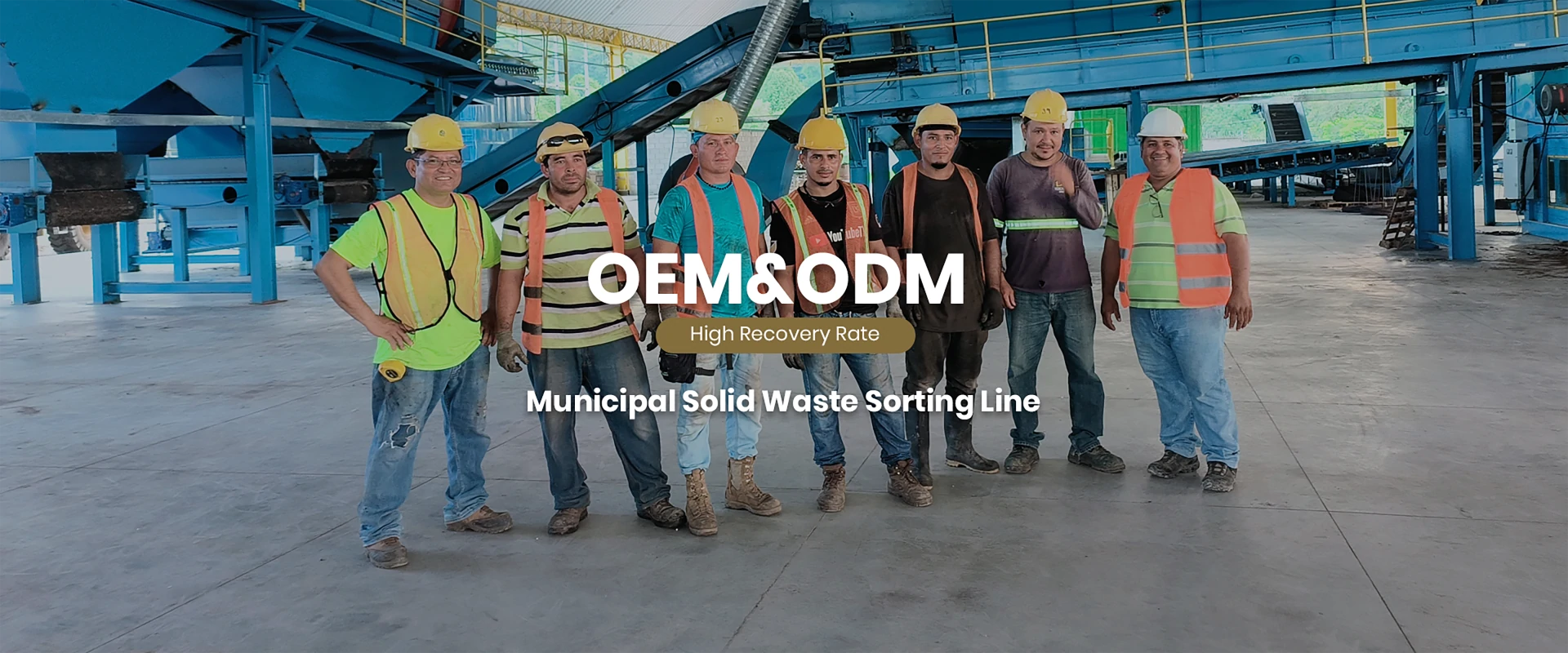

Aug . 07, 2024 14:45 Back to list
What is e-Manifests?
In the realm of logistics and supply chain management, the term e-manifest is becoming increasingly relevant as technology continues to reshape the way goods are transported across borders. An e-manifest is an electronic document that outlines the details of cargo being transported. It serves as an essential tool for ensuring compliance with customs regulations and facilitating smooth shipments across international borders.
Traditionally, manifests were paper documents, providing crucial information such as the description of the cargo, its weight, and the shipping route. However, with the advent of digital technologies, the shift towards e-manifests not only simplifies the documentation process but also enhances accuracy and efficiency. The electronic version of manifests allows for real-time updates and access, ensuring that all stakeholders in the logistics chain have the latest information at their fingertips.
What is e-Manifests?
Moreover, e-manifests promote transparency in the supply chain. By digitizing and centralizing cargo information, all parties involved—shippers, freight forwarders, carriers, and customs officials—can access and monitor the status of the shipment in real time. This heightened level of visibility reduces the risk of miscommunication and errors that can occur with paper documentation. In the case of discrepancies or issues during transit, the ability to quickly access accurate information can significantly facilitate resolution processes.

In addition to enhancing compliance and transparency, e-manifests can lead to significant cost savings. The use of electronic systems reduces the need for paper, printing, and manual handling of documentation, thereby minimizing administrative burdens and lowering overhead costs associated with traditional manifest processes. Furthermore, by speeding up the customs clearance process, e-manifests can lead to faster delivery times, contributing to improved overall customer satisfaction.
Adoption of e-manifests is also supported by advancements in technology. Cloud computing, data analytics, and blockchain are transforming logistics operations. These technologies enable the secure storage of e-manifest data, facilitate the integration of various systems, and enhance the overall security of supply chain transactions. By leveraging these tools, companies can build robust e-manifest systems that not only improve operational efficiency but also safeguard against potential fraud and data breaches.
Despite the clear benefits, the transition from paper to electronic manifests presents challenges as well. Not all companies have the technological infrastructure to support e-manifests, particularly small and medium-sized enterprises (SMEs). Additionally, there are concerns regarding data privacy and the potential for cyber threats. Therefore, it is essential for businesses to invest in the right technology and training to ensure a smooth transition to e-manifests.
In conclusion, e-manifests represent a pivotal evolution in the logistics and transportation industries. By offering a more efficient, transparent, and compliant way to manage cargo documentation, they are redefining international shipping practices. As businesses continue to adapt to an increasingly digital landscape, embracing e-manifests will not only enhance operational efficiency but also position them favorably in a competitive global market. The future of logistics undoubtedly lies in the realm of digital documentation, and e-manifests are at the forefront of this transformation.
Latest news
Troubleshooting Common Eddy Separator Problems
NewsJul.04,2025
The Role of Metal Recycling Plants in Circular Economy
NewsJul.04,2025
The Impact of Recycling Line Pickers on Waste Management Costs
NewsJul.04,2025
Safety Features Every Metal Shredder Should Have
NewsJul.04,2025
How Industrial Shredders Improve Waste Management Systems
NewsJul.04,2025
How Cable Granulators Contribute to Sustainable Recycling
NewsJul.04,2025